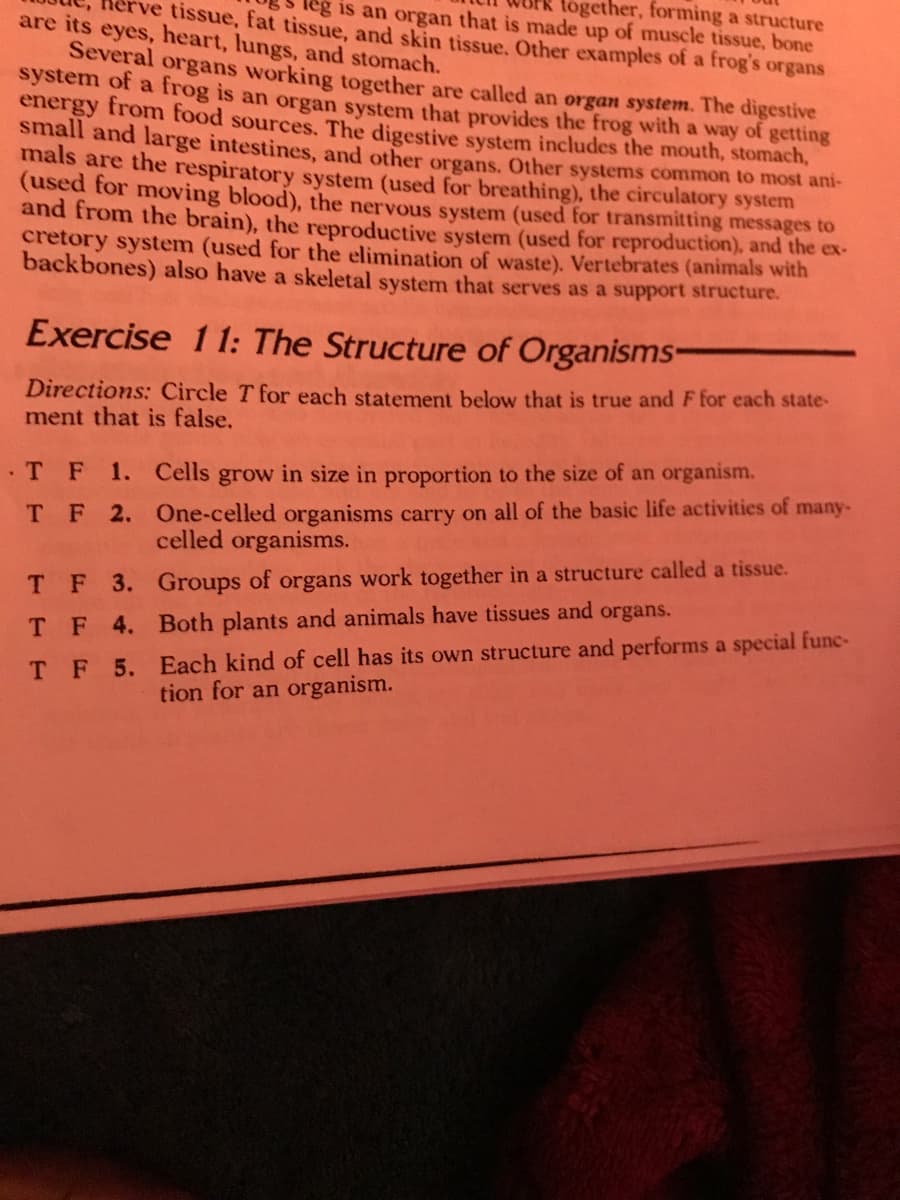T F 1. Cells grow in size in proportion to the size of an organism. TF 2. One-celled organisms carry on all of the basic life activities of many- celled organisms. T F 3. Groups of organs work together in a structure called a tissue. TF 4. Both plants and animals have tissues and organs. T F 5. Each kind of cell has its own structure and performs a special func- tion for an organism.
Nucleotides
It is an organic molecule made up of three basic components- a nitrogenous base, phosphate,and pentose sugar. The nucleotides are important for metabolic reactions andthe formation of DNA (deoxyribonucleic acid) and RNA (ribonucleic acid).
Nucleic Acids
Nucleic acids are essential biomolecules present in prokaryotic and eukaryotic cells and viruses. They carry the genetic information for the synthesis of proteins and cellular replication. The nucleic acids are of two types: deoxyribonucleic acid (DNA) and ribonucleic acid (RNA). The structure of all proteins and ultimately every biomolecule and cellular component is a product of information encoded in the sequence of nucleic acids. Parts of a DNA molecule containing the information needed to synthesize a protein or an RNA are genes. Nucleic acids can store and transmit genetic information from one generation to the next, fundamental to any life form.

Trending now
This is a popular solution!
Step by step
Solved in 2 steps







